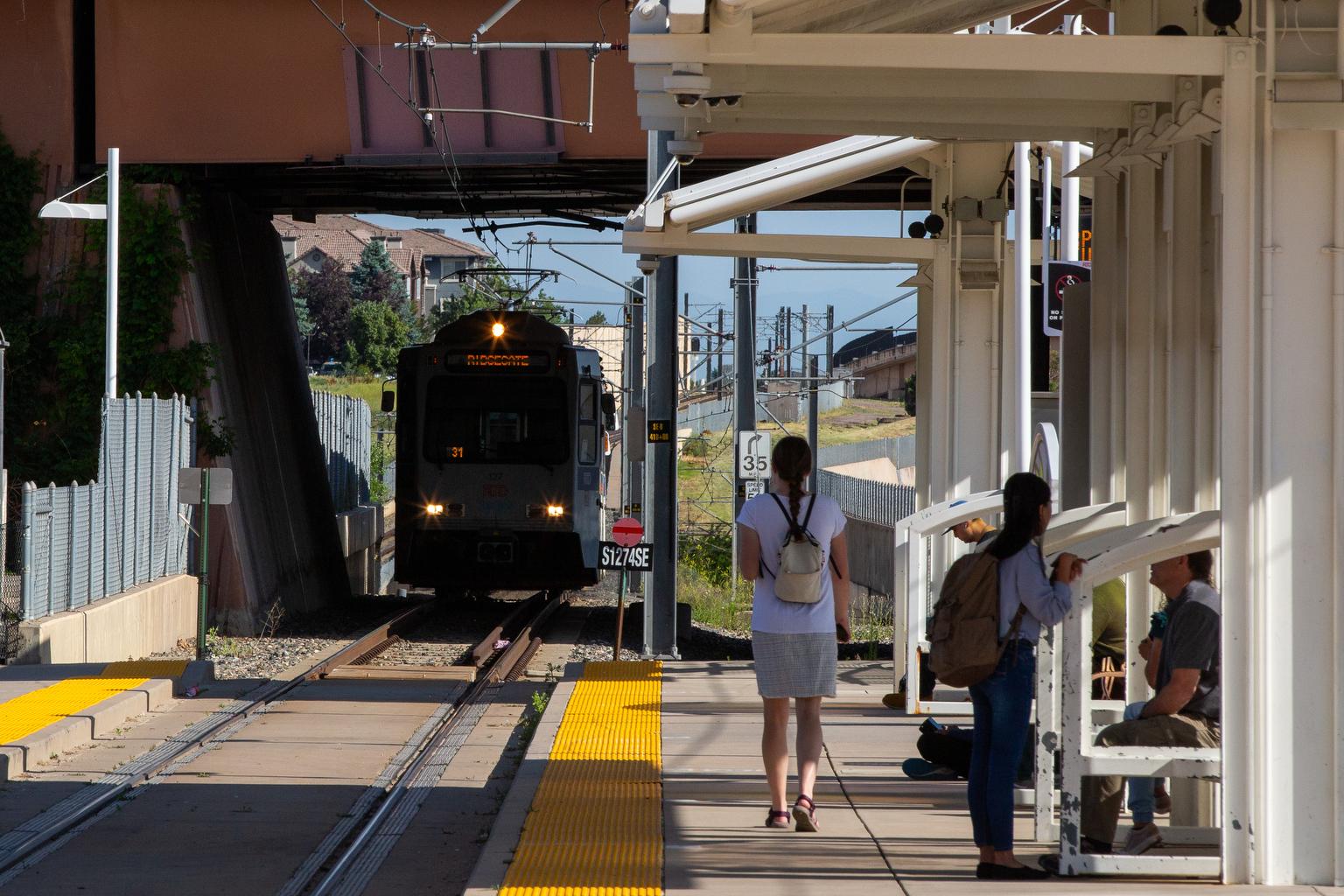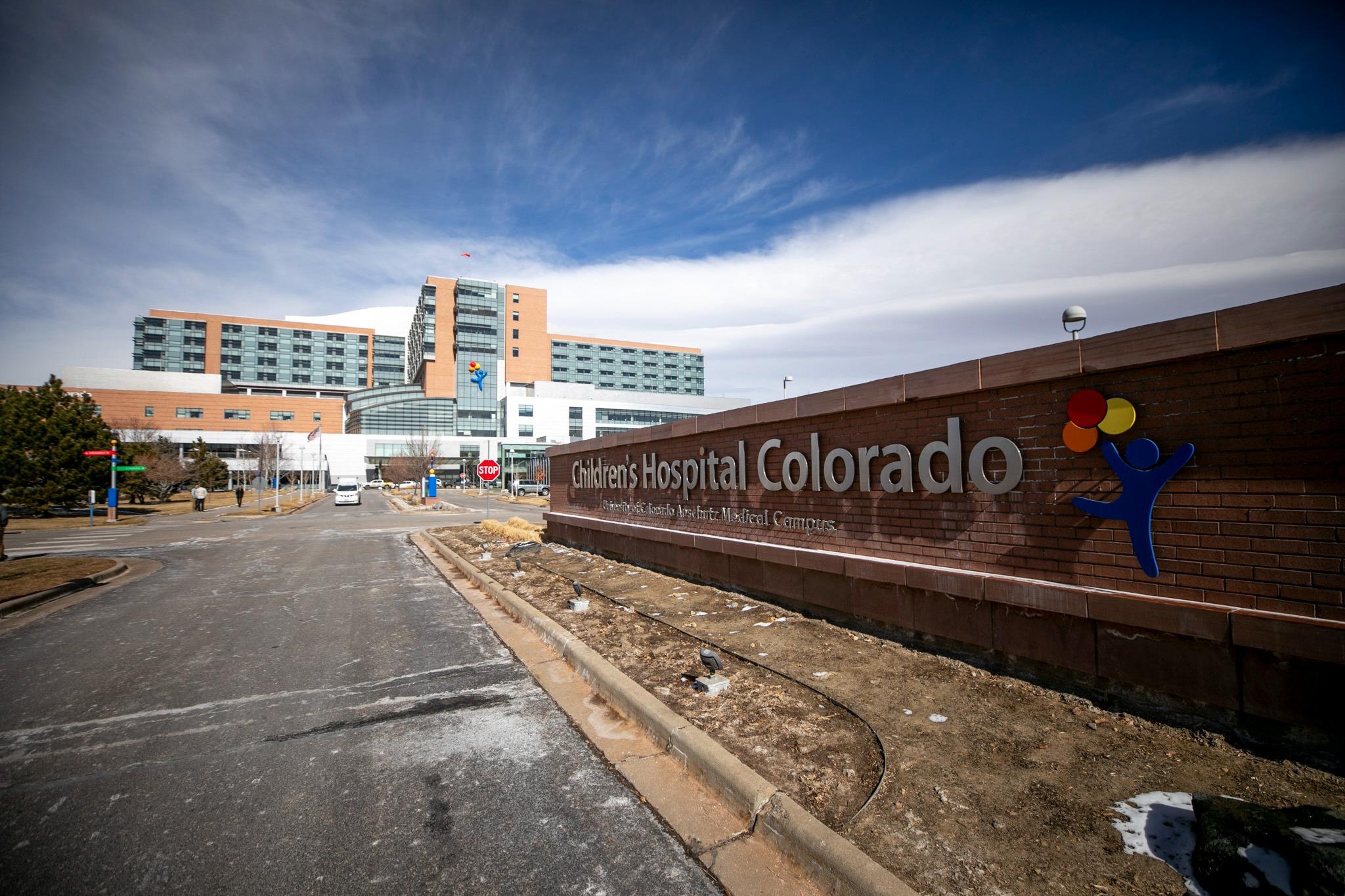
Regional Transportation District officials plan to boost bus and train service in 2025.
For years, an operator shortage has hamstrung RTD’s ability to bring back bus and rail service that it slashed during the pandemic. Now, RTD officials say they’ve beefed up bus driver ranks enough that they are making plans to add a “noticeable” amount of service for the first time since 2021.
“I don't have a percentage I can give you, but I would say that it's going to be noticeable,” Chris Deines, RTD’s general superintendent of transportation, said in an interview.
RTD has added light rail staff as well, though not to the same extent as its bus ranks. Still, officials say, they are making progress on repairs that have made the light rail system slow and unreliable this summer. They aim to restore more rail service in January.
“There's clearly light at the end of the tunnel,” said Dave Jensen, RTD’s assistant general manager of rail operations.
RTD staff will soon present a service improvement plan to its board. If approved, the expansion will go into effect in January. CPR News obtained a recording of an internal meeting where the plan was briefly discussed, and RTD made two of its executives available to answer questions about it.
Deines and Jensen say the agency will gradually restore the service; they say they don’t want to have to cut service just months after bringing it back if, for instance, more operators retire than expected. They plan to continue more expansion after making the January improvements too, Deines said.
“We're going to be modest about it until we see that this hiring trend that we've seen in 2024 is sustainable,” he said.
Still, RTD’s long-term budget crunch means the agency is no longer trying to be what it was before the pandemic. Rather, RTD is gradually working to implement its “system optimization plan” that overhauls routes but aims to restore service to just 85 percent of 2019 service levels.
A looming ballot measure this fall to help fund RTD by exempting it from TABOR limits also could have a big impact on RTD’s long-term financial health.
Yet RTD officials say the plan for service improvements next year means the agency is turning a corner.
“I think there is hope for the future,” Jensen said.
Bus driver ranks are up significantly.
In May 2022, RTD had just 750 bus operators on staff – well short of its budgeted headcount of 952. By May of this year, its ranks had swelled to 875.
Deines said that gain was the result of adding more recruiters who speed up the hiring process. Attracting new candidates at career fairs has been successful lately too, he said. The bus ranks are now more than 90 percent fully staffed, though some of the new hires are still in training and won’t be ready to start fully driving their routes for a few more months.
One candidate for where new drivers will be deployed is the ever-popular AB bus line between Boulder and the Denver International Airport.
“I absolutely LOVE the AB bus route to the airport. Only problem is, everyone else does, too!” one passenger wrote to RTD in June, describing standing-room-only rides.
Deines said officials are also hoping to restore lines cut completely during the pandemic and increase the frequency of service on lines that were pared back.
RTD is planning to commit 20 drivers to service expansion in January 2025, Deines said. Others will be needed to keep buses rolling when existing drivers retire, take a vacation, or are otherwise absent.
“Just because I have a hundred more than I had a year ago doesn't mean that that net number is going to be a hundred,” Deines said, adding: “We want to be cautious that we don't overextend ourselves.”
Light rail isn’t seeing the same sharp growth in staff, but it’s about to get better too.
Staffing levels on rail service have improved in recent months also, sitting at nearly 170 positions filled out of 202 total in May. Light rail training class size is limited, Jensen said, which limits the staffing pipeline.
Light rail service has suffered in recent months not because of staffing shortages, Jensen said, but rather the combination of three very disruptive maintenance projects. One is about to wrap up for good: RTD will finish repairs by Labor Day on retaining wall caps on its lines that parallel Interstate 25.
“That’s huge for us,” Jensen said because that work required trains to use a single track on some stretches. That exacerbated delays caused by other projects.
The downtown rail reconstruction project will pause temporarily this fall, allowing trains to return to central downtown until the project restarts next summer.
Crews are making progress on the third project too. Early this summer, RTD implemented a more rigorous track inspection system that has uncovered more issues and required trains to slow to just 5 miles per hour in some sections. Two new slow zones in the south Denver metro were added last week, but Jensen said any new restrictions “should be minimal.”
“My sense is we're probably 85 percent through the entire system,” Jensen said.
RTD disappointed riders and transit advocates when it pulled back a plan to restore the E and H line to 15-minute frequencies this fall; trains will run every 30 minutes instead. But Jensen said his goal is to get the system’s infrastructure and staff to a place where 15-minute frequencies can return in January – and stay there.
“That's yet to be determined,” he said. ‘But that's our objective we're working toward right now.”
Jensen said he appreciates how difficult it’s been for riders to deal with the cascading effects of all the maintenance projects, and added that the system will be stronger and more resilient for it. Maintenance workers and operators have been stretched thin too, Jensen said. And Lance Longenbohn, president of the Amalgamated Transit Union Local 1001, said it’s affecting morale.
“Operators are just beat up, especially at light rail. It’s just a nightmare for them,” he said.
Jensen also said that RTD’s one in-house commuter rail line, the N Line, is mostly fully staffed and that the contractor that operates the A, B and G commuter rail lines is “not having any problems” finding workers either.
- Gov. Jared Polis plans to take a sharper interest in this fall’s RTD board elections
- More RTD reform is coming next year, Colorado legislators say
- RTD light rail slow zones have expanded, continuing service disruptions and rider frustrations
- State safety regulator says RTD ‘failed’ to head off preventable light rail disruptions








